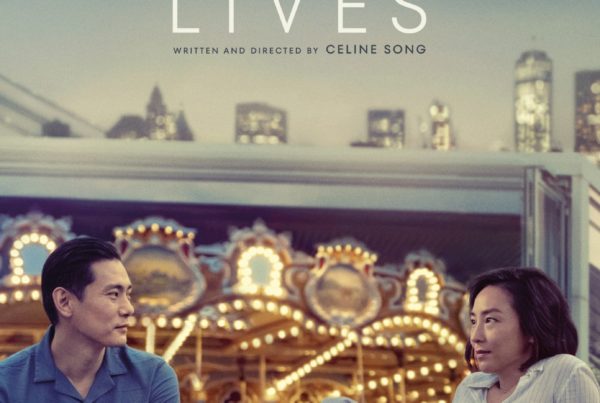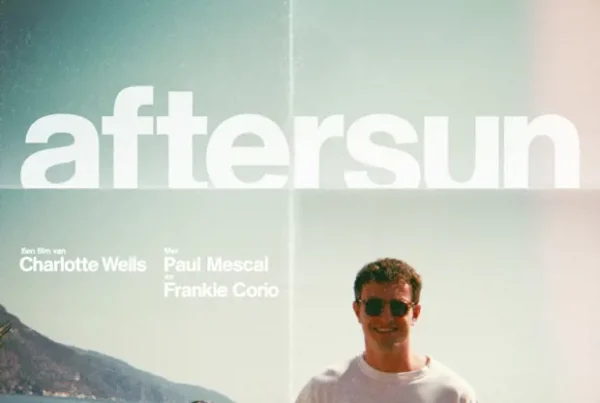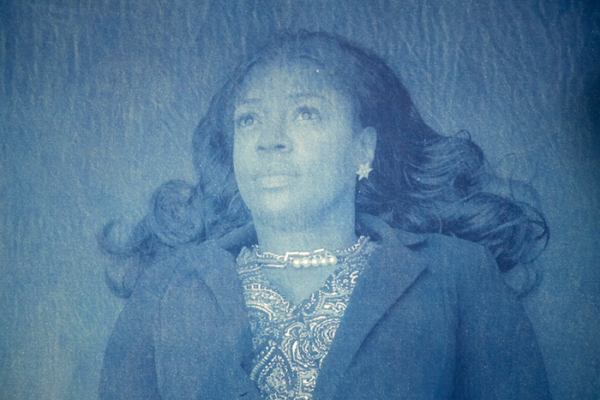
According to French psychoanalyst Jacques Lacan, the ways in which we try to comprehend psychosis is completely separated from what the person suffering from such a psychotic episode might experience as meaningful. This trying-to-understand will lead to a fundamental misunderstanding of the psychotic suffering and to the invalidation of the person experiencing psychosis. Trying to understand psychosis as an outsider often serves the function of covering up the experienced powerlessness in the confrontation with something that is essentially strange or different to us. If anything, Lacan argues, psychosis teaches us about the essence of being human instead of highlighting the shortcomings of so-called psychological processes or demonstrating an inadequate adaption of reality.
Why it would be so impossible to attempt to understand psychosis is also explained by Wouter Kusters in his article Fenomenologie van de Psychose (‘Phemenology of Psychosis’). By approaching psychosis from a phenomenological point of view, Kusters touches upon its most important themes. He refers to the topic of reality and psychosis, by giving the example of telepathy. It is not the question whether a psychotic thought wherein someone thinks he can read the minds of others is ‘truly’ possible. Psychotic telepathy takes place in a world that is so fundamentally different than the world experienced by non-psychotic people, that we can’t solely isolate telepathy from it and test it as a hypothesis in our reality. That’s why it is only meaningful to study these thoughts in the psychotic experience.

Reality by Yasmijn Karhof.
What is it like when your reality is viewed as less ‘real’? What defines our reality, and who decides whether your reality is healthy, unhealthy or even abnormal? These are questions Yasmijn Karhof addresses in the exhibition Reality, which she made during her stay as an artist in residence at King County Hospital, New York. The results of her residency are a large tapestry and an audiovisual installation with big blueprints hanging from the ceiling, showing photographs of the staff and patients. Karhof became intrigued by how reality was perceived by the staff and the patients that were housed in the hospital, and in this way she questions the way we experience reality altogether. It might for instance seem a bit ignorant to tell a man who is seeing people coming through the walls that what he is experiencing is not ‘real’. How could it not be his uttermost reality in this case? We cannot see what a person in psychosis might be experiencing, and this separates our reality from theirs. This however does not necessarily mean his reality is less real than ours.
Our grip on reality is tested immediately upon seizing these blueprints: there is no telling who of the people depicted is staff and who is patient. I find myself trying to figure out if I can tell one from the other but then decide that this is not the point of Reality. Why would I try to make a distinction when Karhof is showing us that there might not be such a thing as one ‘true’ shared reality?
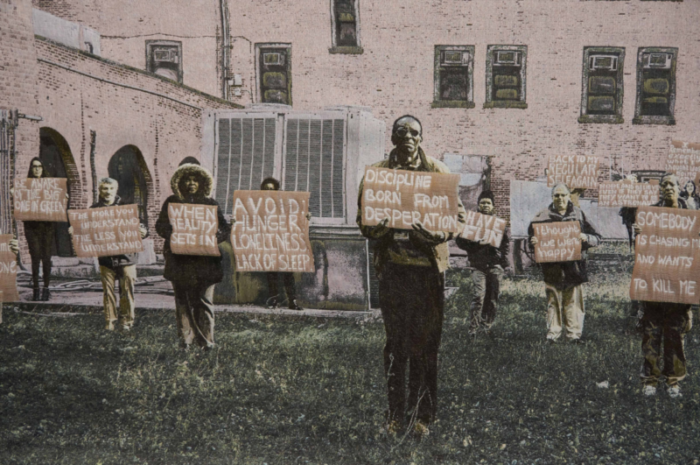
Reality is a fingerprint by Yasmijn Karhof.
As you wander around the exhibition patients and employees of King County Hospital, with their voices coming from big speakers placed across the room, talk about what reality and losing a grip on it, means to them. As I sit down and start carefully listening to what is being said, the following quote sticks with me most:
‘I doubt that each and every one of us looks at an object and sees the exact same thing. The reality is different for all of us.’
It strikes me that the pressing message all of these unknown voices are trying to get across is that there is no such thing as one ‘real’ reality.
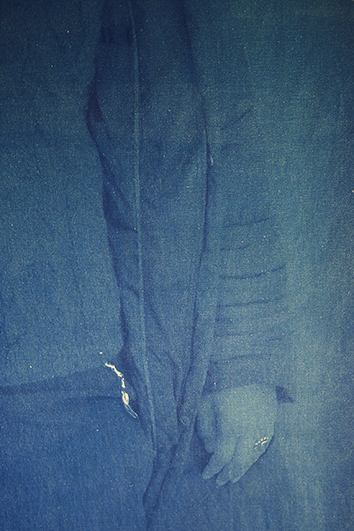
Reality by Yasmijn Karhof.
Karhof’s exhibition, in a certain way, embodies what the aforementioned phenomenological approach of psychosis tries to do as well: it addresses the topic of losing reality, without using theoretical concepts or complicated models that often do not emerge from experiences of patients themselves. Karhof does this by literally giving the patients a voice, playing their quotes over and over again into the vast space of the exhibition hall.
The exhibition Reality is on display until November 3, 2019 at Beautiful Distress House in Amsterdam.
According to French psychoanalyst Jacques Lacan, the ways in which we try to comprehend psychosis is completely separated from what the person suffering from such a psychotic episode might experience as meaningful. This trying-to-understand will lead to a fundamental misunderstanding of the psychotic suffering and to the invalidation of the person experiencing psychosis. Trying to understand psychosis as an outsider often serves the function of covering up the experienced powerlessness in the confrontation with something that is essentially strange or different to us. If anything, Lacan argues, psychosis teaches us about the essence of being human instead of highlighting the shortcomings of so-called psychological processes or demonstrating an inadequate adaption of reality.
Why it would be so impossible to attempt to understand psychosis is also explained by Wouter Kusters in his article Fenomenologie van de Psychose (‘Phemenology of Psychosis’). By approaching psychosis from a phenomenological point of view, Kusters touches upon its most important themes. He refers to the topic of reality and psychosis, by giving the example of telepathy. It is not the question whether a psychotic thought wherein someone thinks he can read the minds of others is ‘truly’ possible. Psychotic telepathy takes place in a world that is so fundamentally different than the world experienced by non-psychotic people, that we can’t solely isolate telepathy from it and test it as a hypothesis in our reality. That’s why it is only meaningful to study these thoughts in the psychotic experience.

Reality by Yasmijn Karhof.
What is it like when your reality is viewed as less ‘real’? What defines our reality, and who decides whether your reality is healthy, unhealthy or even abnormal? These are questions Yasmijn Karhof addresses in the exhibition Reality, which she made during her stay as an artist in residence at King County Hospital, New York. The results of her residency are a large tapestry and an audiovisual installation with big blueprints hanging from the ceiling, showing photographs of the staff and patients. Karhof became intrigued by how reality was perceived by the staff and the patients that were housed in the hospital, and in this way she questions the way we experience reality altogether. It might for instance seem a bit ignorant to tell a man who is seeing people coming through the walls that what he is experiencing is not ‘real’. How could it not be his uttermost reality in this case? We cannot see what a person in psychosis might be experiencing, and this separates our reality from theirs. This however does not necessarily mean his reality is less real than ours.
Our grip on reality is tested immediately upon seizing these blueprints: there is no telling who of the people depicted is staff and who is patient. I find myself trying to figure out if I can tell one from the other but then decide that this is not the point of Reality. Why would I try to make a distinction when Karhof is showing us that there might not be such a thing as one ‘true’ shared reality?

Reality is a fingerprint by Yasmijn Karhof.
As you wander around the exhibition patients and employees of King County Hospital, with their voices coming from big speakers placed across the room, talk about what reality and losing a grip on it, means to them. As I sit down and start carefully listening to what is being said, the following quote sticks with me most:
‘I doubt that each and every one of us looks at an object and sees the exact same thing. The reality is different for all of us.’
It strikes me that the pressing message all of these unknown voices are trying to get across is that there is no such thing as one ‘real’ reality.

Reality by Yasmijn Karhof.
Karhof’s exhibition, in a certain way, embodies what the aforementioned phenomenological approach of psychosis tries to do as well: it addresses the topic of losing reality, without using theoretical concepts or complicated models that often do not emerge from experiences of patients themselves. Karhof does this by literally giving the patients a voice, playing their quotes over and over again into the vast space of the exhibition hall.
The exhibition Reality is on display until November 3, 2019 at Beautiful Distress House in Amsterdam.

